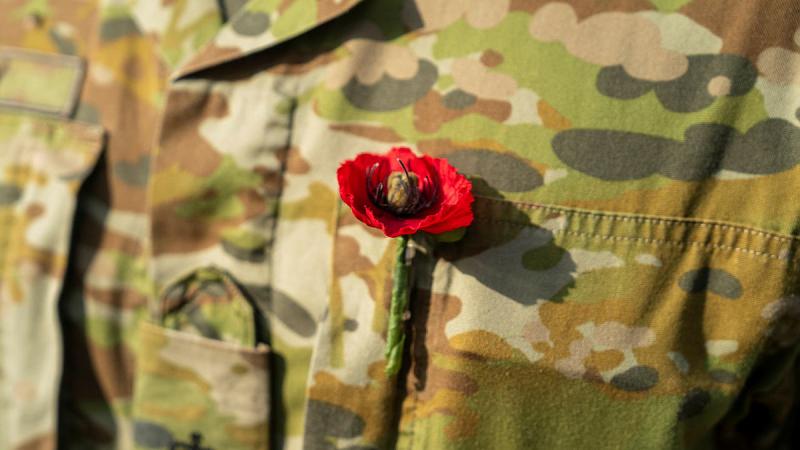The incidents include two people suffering serious burns when a worker tried to extinguish a fire with liquid that turned out to be unlabelled methylated spirits, a worker suffering a head wound and concussion after part of a machine fell on his head, and machinery lacerating a worker’s finger.
A & J Australia Pty Ltd was sentenced in the Melbourne County Court on Thursday after pleading guilty to 16 charges under the Occupational Health and Safety Act.
In relation to a fire at the site in November 2020, the company was fined $75,000 for failing to provide a safe system of work; $250,000 for failing to ensure safe storage of substances; and $100,000 for failing to provide information, instruction and training,
The court heard a mechanical engineer was using an LPG torch to melt plastic from the blades of a plastic granulator machine when it caught fire.
Despite having fire extinguishers and a fire hose nearby, the worker tried to extinguish the fire using an unlabelled container of clear liquid – which was later found to be methylated spirits – igniting a fireball causing severe burns to the worker and the sole company director.
A WorkSafe investigation found it was reasonably practicable for the company to undertake a risk assessment of the granulator, including having a system of work for removing built-up plastic without using a naked flame, and having a senior manager provide a permit before a flame could be used. It was also reasonably practicable to provide instruction and training on fire management, and to ensure containers of flammable liquids were labelled and stored safely.
A & J Australia was separately fined $75,000 for failing to ensure persons other than employees were not exposed to health and safety risks arising from their conduct after a machine operator was struck on the head suffering concussion and a head wound requiring stitches.
The court heard that in November 2021, the machine operator had stopped a blow moulding machine to remove a blockage, when a part weighing approximately 40 kilograms detached and fell 2.3 metres onto his head.
WorkSafe’s investigation found it was reasonably practicable for the company to have installed fixed guarding to prevent access to hazardous moving parts and to ensure regular inspection, servicing and maintenance to keep the machinery in safe working condition.
The company was also fined $5,000 on charges of failing to notify WorkSafe of an incident and failing to ensure an incident site wasn’t disturbed, after a technician lacerated his finger in a machine and required surgery in July 2020.
A & J Australia pleaded guilty to a further seven charges of failing to comply with improvement notices, with an aggregate fine of $25,000, and three charges of failing to comply with a prohibition notice, with a $15,000 fine.
WorkSafe Executive Director of Health and Safety Narelle Beer said WorkSafe would not hesitate to prosecute employers who fail to do everything possible to keep workers safe.
“To have one person injured is a terrible outcome for any workplace – but to have incidents like these happen three times is absolutely unacceptable,” Dr Beer said.
“Things like maintaining machinery in safe working order and ensuring workers have the training they need to work safely are not negotiable, and any employer who fails to meet these obligations is putting their workers at risk.”
To manage risks when working with machinery employers should:
- Identify hazards, assess the risks associated with them and eliminate or control those risks by isolating them or using an alternative.
- Train staff in the safe operation of machines and equipment and provide written procedures in the worker’s first language.
- Develop and implement safe operating procedures in consultation with employees and health and safety representatives.
- Ensure safety guards and gates are compliant and fixed to machines at all times.
- Regularly service and inspect machines and equipment.
- Place signs on or near a machine to alert employees of the dangers of operating it.
Tips for cleaning plant and equipment safely:
- Undertake a risk assessment to identify any hazards and assess how to remove or control them.
- Have a documented procedure in place, including on how to power down and isolate equipment.
- Ensure machines are powered down, fully secured and stable before cleaning begins.
- Ensure machinery is properly guarded and safety interlocks are regularly checked.
- Ensure workers are properly trained and supervised so they understand the procedure and the risks associated with the plant and equipment being cleaned.







